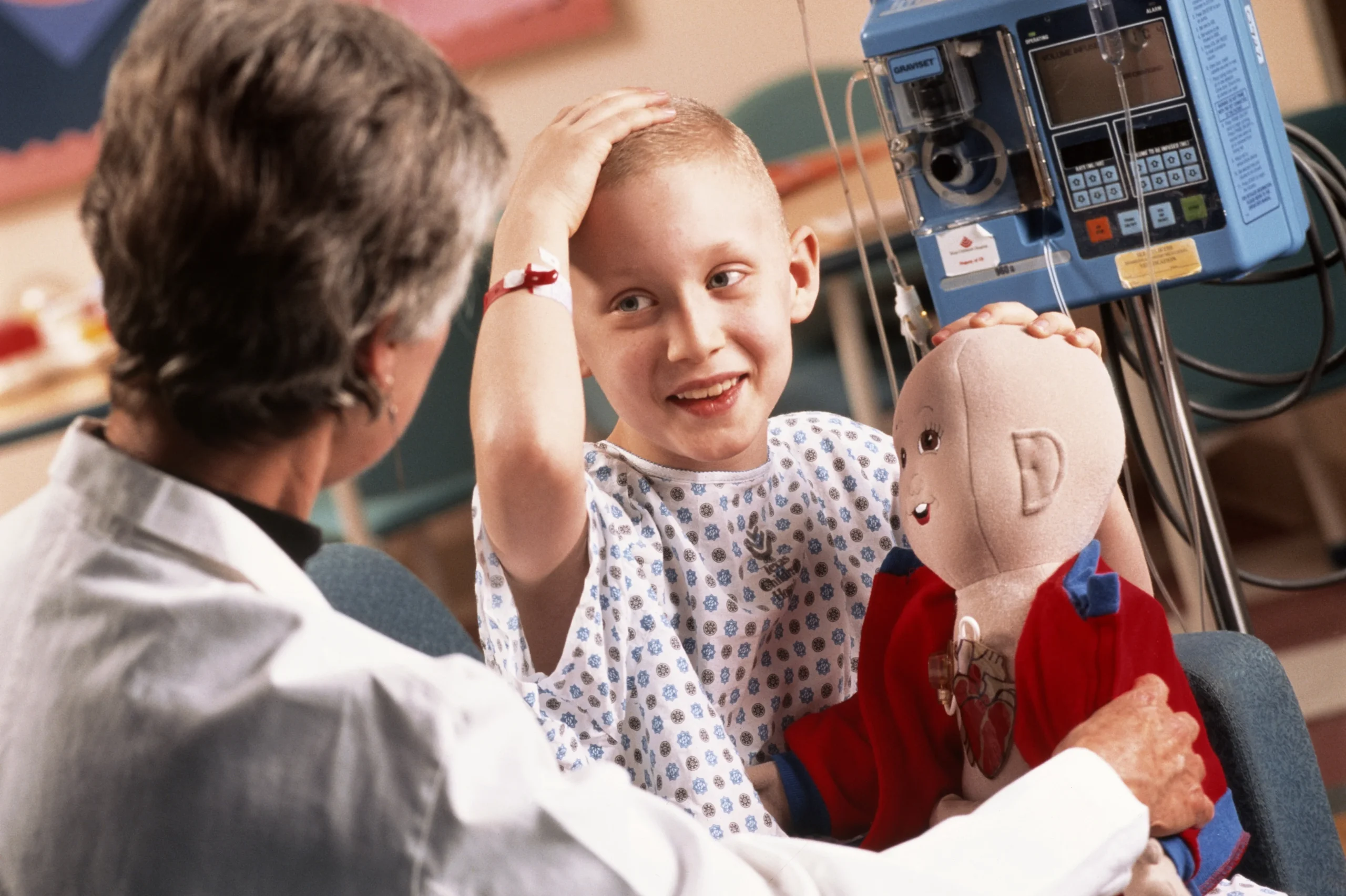
Most paediatric cancer treatment consortia, including the Children’s Oncology Group, have prioritised increasing survival rates in this patient cohort.
World Brain Tumor Day 2023: Children’s brain tumours are the most prevalent solid malignancies. Imaging, biopsy, surgical methods, and molecular profiling have all improved the management of paediatric brain tumours. Due to this, Dr Suresh Kumar Panuganti, Yashoda Hospitals, Hyderabad,shares tested clinical trials for targeted treatments and immunotherapy. In addition to surgery, Most high-grade paediatric brain tumours require aggressive chemotherapy regimens, and targeted or craniospinal irradiation, which can have detrimental long-term consequences on cognition and development. Most paediatric cancer treatment consortia, including the Children’s Oncology Group, have prioritised increasing survival rates in this patient cohort. However, minimising the short- and long-term side effects of chemotherapy and ionising radiation has also been a top priority.
Diagnostic Innovations
Imaging is crucial for managing paediatric brain tumours, from diagnosis and surgery planning through surveillance and gauging therapy response. Following surgery, magnetic resonance spectroscopy (MRS) and perfusion-weighted imaging (PWI) can distinguish between a tumour recurrence and a change brought on by the treatment. The Response Assessment in Paediatric Neuro-Oncology (RAPNO) working group was formed to address issues evaluating responses in kids with paediatric brain tumours.
They have produced imaging guidelines for particular tumour types:
READ RELATED: 6 Mexican Chains Where Chefs Actually Eat
- The definitive pathological diagnosis of brain tumours requires tumour-tissue examination and biopsies. Now more frequently biopsied for final molecular diagnosis and clinical trials are midline or brainstem tumours.
- With new technology, surgeons may uniquely approach and remove various brain tumours. For skull-base or sellar lesions, such as paediatric craniopharyngiomas and germ-cell tumours, transnasal endoscopy is both safe and effective in children. Additionally, endoscopy can support conventional microscopic procedures and keyhole techniques.
- The classification of different tumour types into mechanistic subgroups based on genomic profiling results from research into the molecular mechanisms underlying paediatric brain tumour causation and maintenance. There are strong correlations between particular combinations of genomic alterations and clinical outcomes. This understanding of molecular pathways has improved the precision and dependability of tumour diagnosis, identified prospective treatment targets, and provided a rationale for either intensifying or reducing therapy.
Treatment
- Your child’s paediatric neurosurgeon will try to safely remove it if the tumour is at a site that can be operated on. Total surgical excision is sometimes possible when tumours are tiny and simple to remove from surrounding brain tissue. Other times, tumours are too closely bound to the surrounding tissue or close to delicate brain regions, making surgery dangerous. In these cases, the paediatric neurosurgeon removes the maximum amount of the tumour.
- High-energy beams, such as X-rays or protons, are used in radiation therapy to eliminate tumour cells. In rare circumstances, radiation therapy may be administered inside the body near the brain tumour (brachytherapy) or from a machine outside the body (external beam radiation). The tumour-specific portion of your child’s brain may receive external beam radiation alone, or the whole brain may receive whole-brain radiation. Most frequently, whole-brain radiation treats cancer progressing from another body part to the brain. The type and dose of radiation your kid receives will determine the side effects of radiation therapy.
- Stereotactic radiosurgery employs several radiation beams to deliver a highly targeted radiation treatment to kill the tumour cells in a tiny region. Each radiation beam isn’t powerful, but the tumour in the brain, where all the rays come together, gets a lot of radiation, which kills the tumour cells.
- Drugs are used in chemotherapy to kill tumour cells. Although the medications can be administered orally as pills, intravenous chemotherapy is more frequently used in children with paediatric brain tumours. Options for chemotherapy depend on the type of cancer and are numerous.
Total Wellness is now just a click away.
Follow us on
window.addEventListener(‘load’, (event) => {
// $(document).ready(function(){
$(‘#commentbtn’).on(“click”,function(){
(function(d, s, id) { var js, fjs = d.getElementsByTagName(s)[0]; if (d.getElementById(id)) return; js = d.createElement(s); js.id = id; js.src = “//connect.facebook.net/en_US/sdk.js#xfbml=1&version=v2.3”; fjs.parentNode.insertBefore(js, fjs);}(document, ‘script’, ‘facebook-jssdk’));
$(“.cmntbox”).toggle();
});
// });
});







